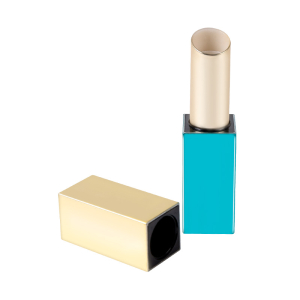Plastic yogurt cups are a familiar sight in grocery stores and refrigerators across the globe. They provide a practical solution for consumers seeking a quick, mess-free way to enjoy their yogurt on the go. The design of these cups is often ergonomic, with a secure lid and a spoon attached, ensuring a hassle-free experience.
Despite their popularity, the environmental impact of plastic yogurt cups is a growing concern. The production of plastic uses non-renewable resources and contributes to greenhouse gas emissions. Moreover, improper disposal can lead to plastic ending up in landfills or oceans, harming wildlife and ecosystems.
To address these issues, some manufacturers are exploring alternatives such as biodegradable or compostable materials. These options aim to reduce the environmental footprint of yogurt packaging. Additionally, there is an increasing emphasis on recycling programs to ensure that plastic yogurt cups are properly processed and repurposed.
As consumers become more environmentally conscious, the demand for sustainable packaging options is on the rise. The future of yogurt packaging may lie in innovative materials that balance convenience with environmental responsibility, ensuring that our love for yogurt does not come at the expense of our planet.






